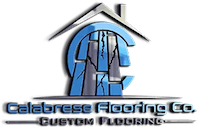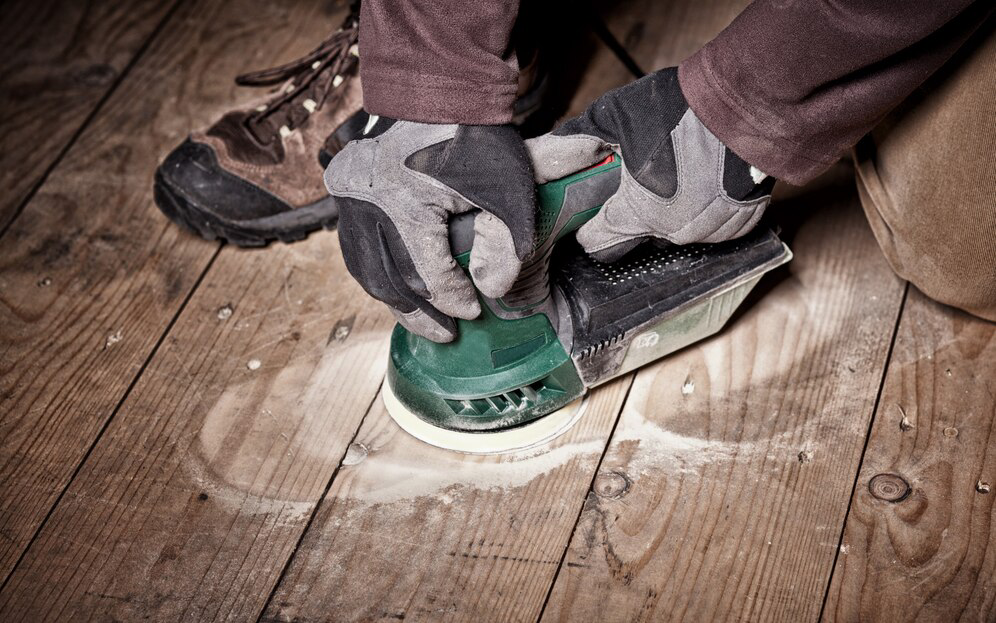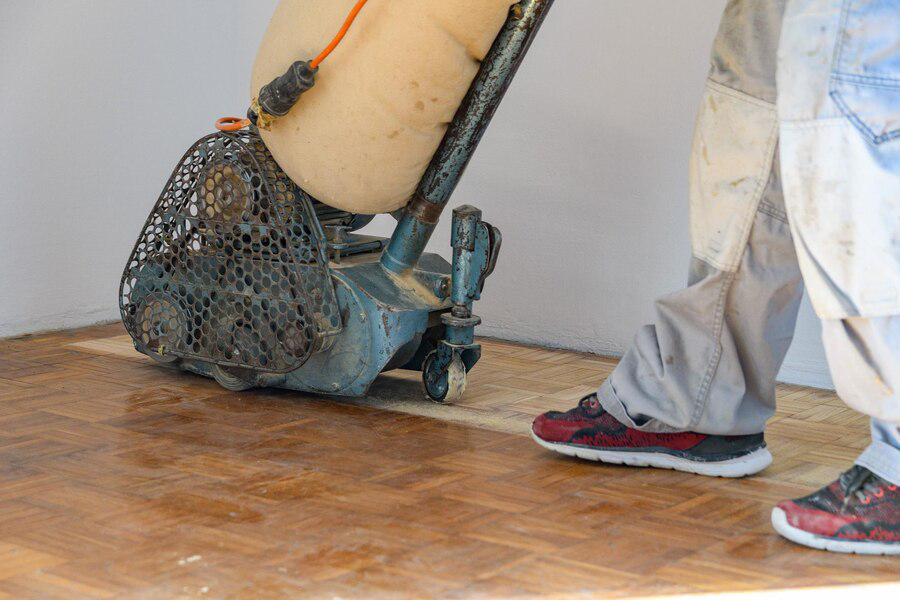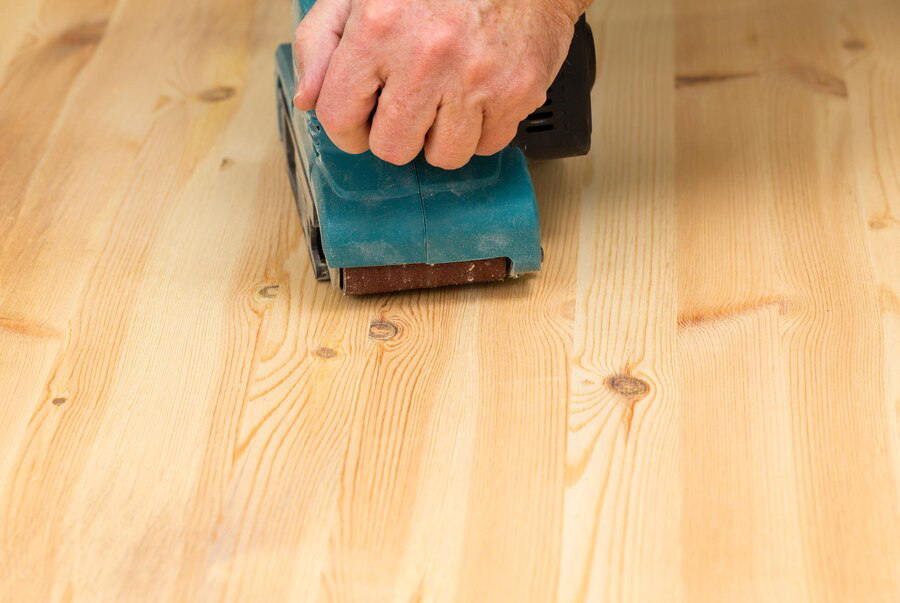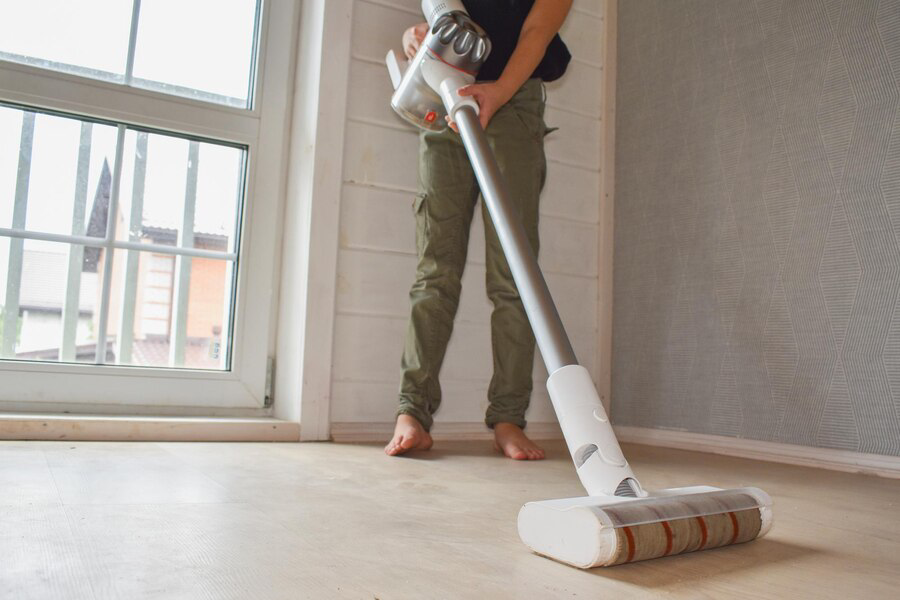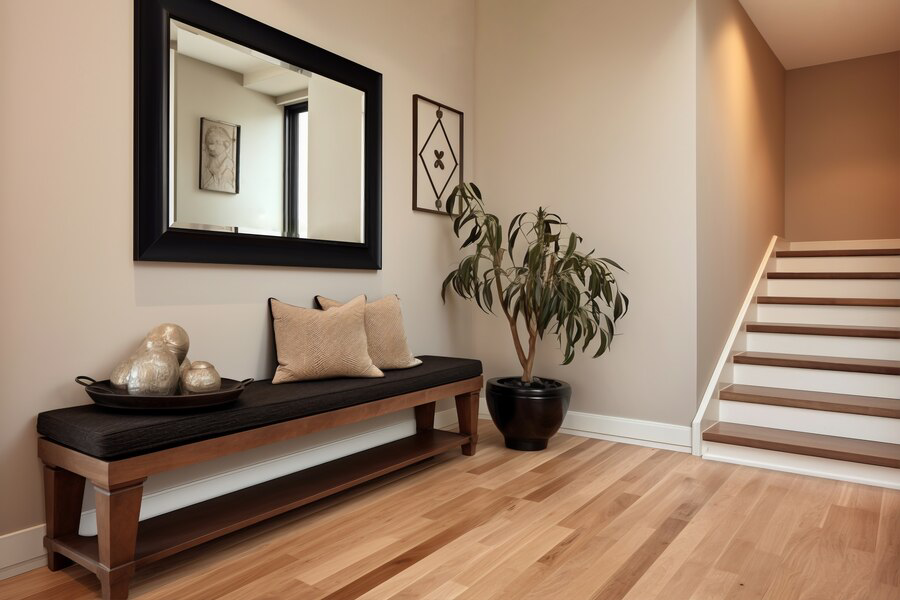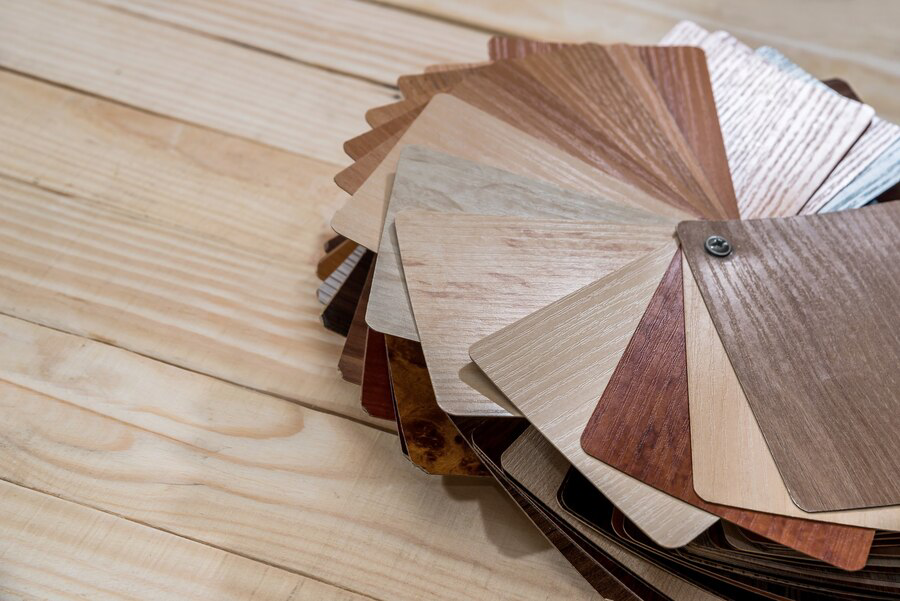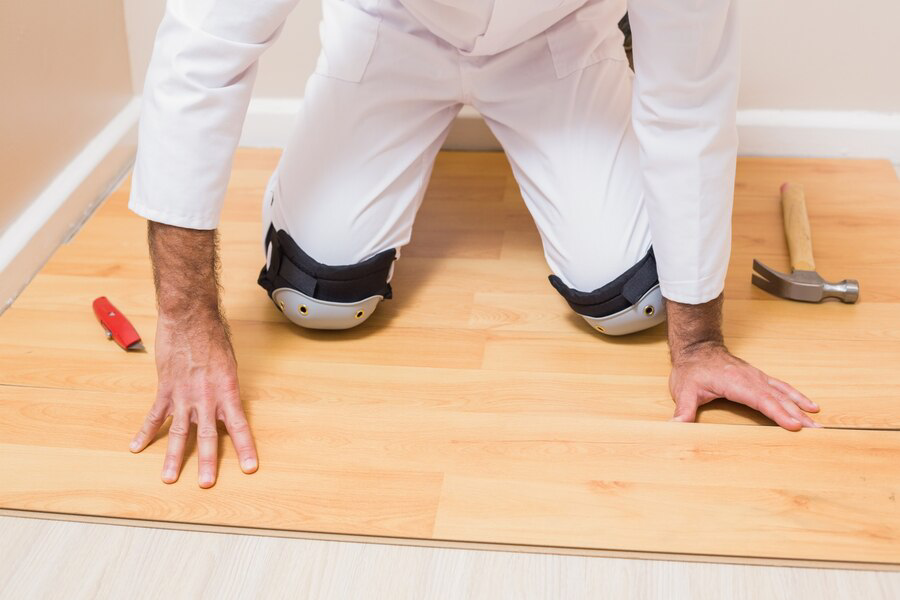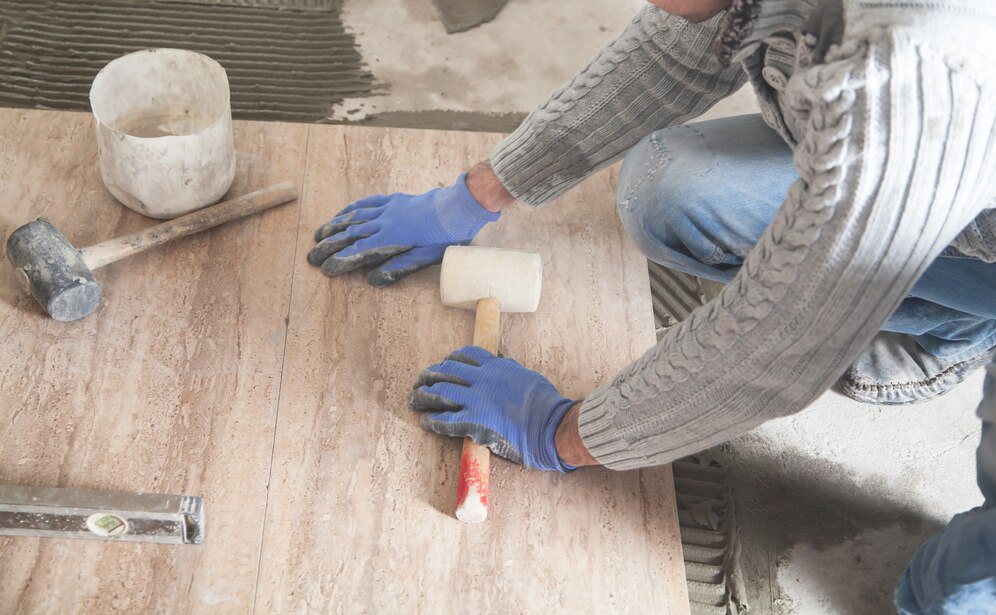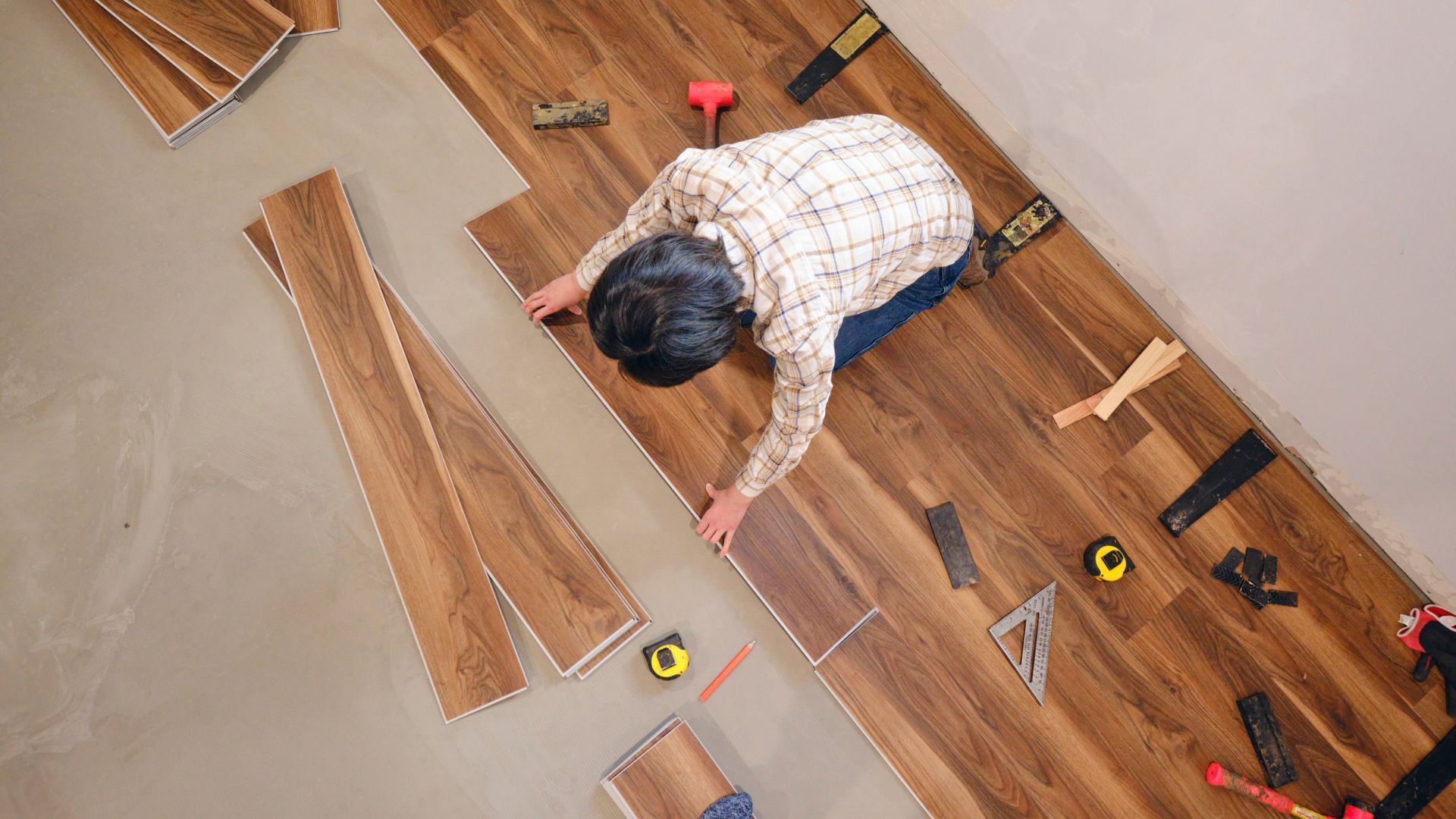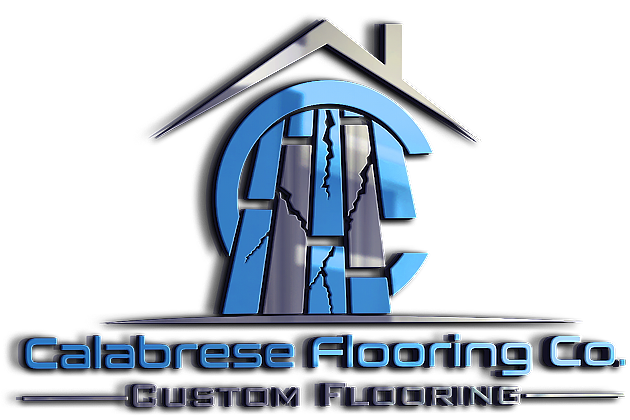Protecting Your Health with Dustless Floor Sanding
Protecting Your Health with Dustless Floor Sanding
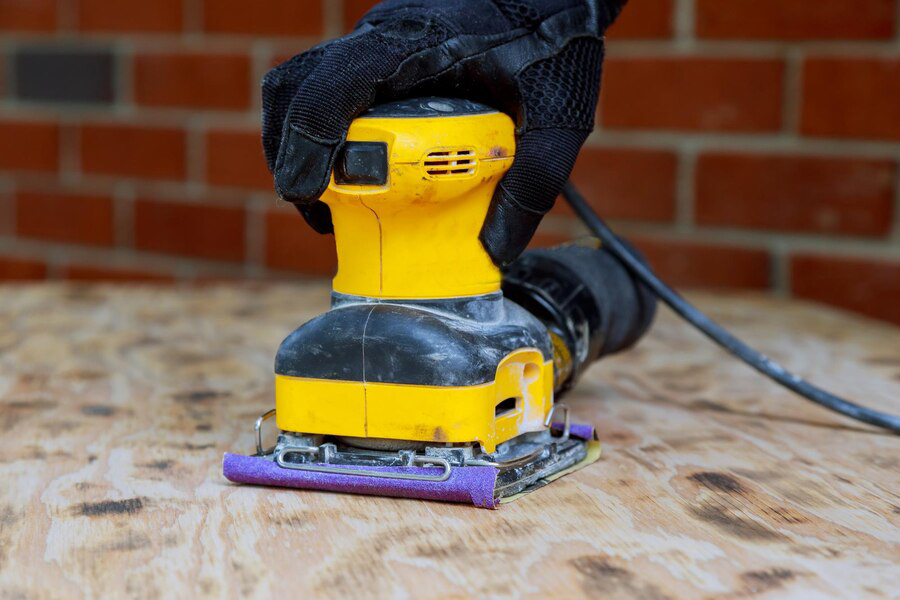
In the pursuit of maintaining a healthy home environment,
dustless floor sanding has emerged as a revolutionary solution. Unlike traditional sanding methods that generate copious amounts of airborne dust particles, dustless floor sanding employs advanced technology to minimize these hazards significantly. This process utilizes specialized equipment fitted with powerful vacuums that capture dust at the source, preventing it from dispersing into the air and settling on surfaces throughout your home. By opting for dustless floor sanding, you not only safeguard the air quality within your living spaces but also reduce the risk of respiratory issues and allergies that can arise from prolonged exposure to airborne dust. This method is particularly beneficial for individuals sensitive to dust or those with respiratory conditions, ensuring a cleaner and safer renovation experience. As awareness grows about the importance of indoor air quality, choosing dustless floor sanding becomes a proactive step towards protecting both your home environment and your overall well-being.
Health Benefits of Dustless Floor Sanding
Floor sanding is a necessary process to restore the beauty and longevity of wood floors. However, traditional sanding methods can pose significant health risks due to the generation of fine dust particles that contain harmful substances like wood dust and volatile organic compounds (VOCs). Dustless floor sanding has emerged as a safer alternative, offering several key health benefits for both homeowners and professionals.
Improved Indoor Air Quality
Traditional floor sanding generates large amounts of airborne dust particles that can linger in the air for extended periods. These particles not only reduce air quality but can also exacerbate respiratory conditions such as asthma and allergies. Dustless floor sanding systems utilize advanced technology to capture dust at its source, preventing it from becoming airborne and significantly improving indoor air quality. This reduction in dust particles creates a healthier environment for everyone in the home, especially those with respiratory issues.
Minimized Respiratory Risks
Exposure to wood dust, a common byproduct of floor sanding, has been linked to various respiratory problems, including asthma, bronchitis, and even more serious conditions like lung cancer. Dustless floor sanding systems incorporate HEPA (High-Efficiency Particulate Air) filtration, which captures up to 99.97% of airborne particles as small as 0.3 microns. By minimizing airborne dust, dustless sanding helps reduce the risk of respiratory ailments for both workers and residents.
Safer Working Environment
For professionals in the flooring industry, exposure to high levels of dust over extended periods can lead to occupational health hazards. Dustless floor sanding not only protects homeowners but also ensures a safer working environment for contractors and their crews. By controlling dust emissions, these systems contribute to better long-term health outcomes for everyone involved in the sanding process.
Allergy Relief
Individuals with allergies, particularly those sensitive to dust mites and airborne particles, can benefit greatly from dustless floor sanding. Traditional sanding methods can exacerbate allergy symptoms due to the release of fine dust into the air. Dustless systems effectively capture dust before it spreads, providing relief to allergy sufferers and creating a cleaner, more comfortable living environment.
Enhanced Overall Safety
Aside from respiratory health benefits, dustless floor sanding promotes overall safety in the home. Traditional sanding generates a slippery residue of fine dust particles that can pose a slipping hazard on floors and other surfaces. Dustless systems eliminate this risk by containing dust during the sanding process, ensuring floors remain clean and safe immediately after sanding is complete.
Health Risks Associated with Traditional Floor Sanding
Floor sanding is a common practice used to rejuvenate wooden floors by removing old finishes and smoothing out imperfections. While it enhances the aesthetic appeal of floors, traditional floor sanding methods pose significant health risks due to the generation of fine dust particles and exposure to volatile organic compounds (VOCs). Understanding these risks is crucial for homeowners and professionals alike to make informed decisions about their flooring projects.
Generation of Fine Dust Particles
Traditional floor sanding involves the use of drum sanders, edgers, and hand sanders, which can generate large quantities of fine dust particles. These particles are primarily composed of wood dust, which is known to contain hazardous substances such as silica, formaldehyde, and other chemicals used in wood finishes. When airborne, these particles can be inhaled, leading to respiratory issues and long-term health problems.
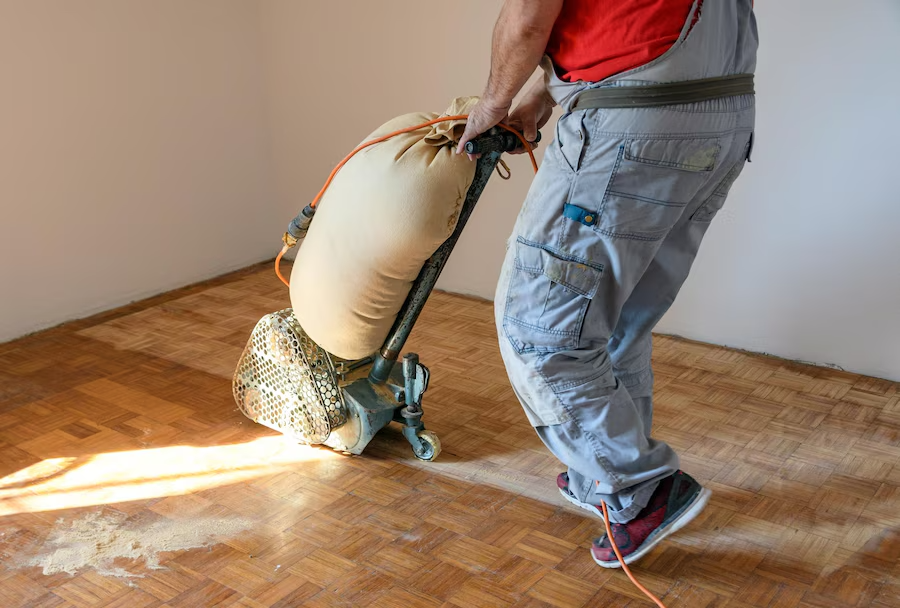

Respiratory Health Hazards
One of the most significant health risks associated with traditional floor sanding is respiratory problems. Prolonged exposure to wood dust can cause or exacerbate respiratory conditions such as asthma, bronchitis, and allergic reactions. Fine dust particles can penetrate deep into the lungs, causing inflammation and potentially leading to chronic respiratory diseases over time.
Allergies and Sensitivities
Individuals with allergies or sensitivities to dust mites and airborne particles are particularly vulnerable during traditional floor sanding. The release of fine dust into the air can trigger allergic reactions, including sneezing, coughing, watery eyes, and nasal congestion. For those with respiratory conditions like asthma, exposure to these allergens can worsen symptoms and reduce overall quality of life.
Skin and Eye Irritation
In addition to respiratory risks, traditional floor sanding can also cause skin and eye irritation. Direct contact with wood dust or exposure to airborne particles can irritate the skin and eyes, leading to redness, itching, and discomfort. Protective gear such as goggles and gloves are essential for reducing the risk of irritation during sanding activities.
Potential Exposure to VOCs
Apart from dust particles, traditional floor sanding involves the use of chemical-based wood finishes that emit volatile organic compounds (VOCs) into the air. These compounds can contribute to indoor air pollution and pose health risks such as headaches, nausea, dizziness, and respiratory irritation. Prolonged exposure to VOCs has also been linked to more serious health effects, including liver and kidney damage.
Environmental Benefits of Dustless Floor Sanding
Dustless floor sanding offers significant environmental advantages compared to traditional methods. By minimizing airborne dust particles and reducing overall waste, it contributes to sustainability efforts in several key ways:
- Reduced Airborne Dust: Dustless systems use advanced filtration to capture dust at the source, preventing it from dispersing into the air. This not only improves indoor air quality but also reduces the environmental impact of dust pollution.
- Lower VOC Emissions: Traditional sanding methods often involve the use of chemical-based finishes that emit volatile organic compounds (VOCs). Dustless sanding minimizes VOC emissions, promoting healthier indoor environments and reducing atmospheric pollution.
- Efficient Waste Management: Dustless systems produce less waste compared to traditional sanding, which typically generates large amounts of dust and debris. This results in reduced disposal costs and environmental footprint.
- Energy Efficiency: Modern dustless sanding equipment is designed to be energy-efficient, consuming less power compared to older, less efficient machines used in traditional sanding processes.
Conclusion
Opting for dustless floor sanding is not just about convenience; it’s a proactive choice for safeguarding your health and maintaining a cleaner indoor environment. By minimizing airborne dust particles during the sanding process, this advanced technique significantly reduces the risk of respiratory issues and allergies that traditional sanding methods may exacerbate. Whether you’re renovating your home or restoring a commercial space, choosing dustless floor sanding demonstrates a commitment to both environmental responsibility and personal well-being.
If you’re ready to transform your floors while prioritizing health and cleanliness, Calabrese Flooring Co. in Arvada is here to help. Our experienced team utilizes state-of-the-art dustless sanding equipment to deliver superior results without compromising air quality. For more information on our services or to schedule a consultation, please contact us at 720-384-8478. We look forward to assisting you in creating a healthier and more beautiful living or working environment.
